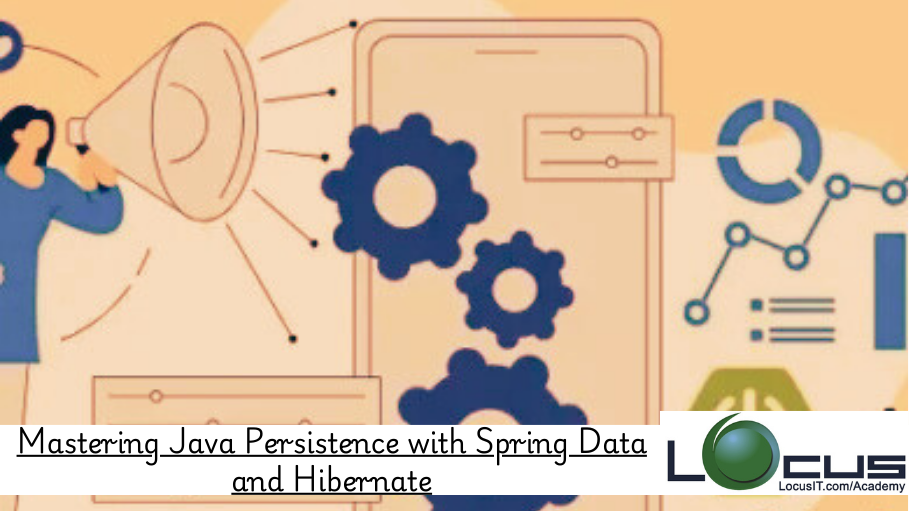Description
Introduction of Java Persistence
JP with Spring Data and Hibernate teaches you the ins-and-outs of Java persistence with hands-on examples using Spring Data, JPA, and Hibernate.
Effectively managing application data is essential for any serious application. Spring Data and Hibernate bridge the gap between object-oriented code and relational data stores, radically simplifying JP. By implementing the Java Persistence API (JPA) standard, these powerful tools help you avoid common bugs related to state and application data storage.
Prerequisites of Java Persistence
- Basic Knowledge of Java: Familiarity with Java programming concepts, including object-oriented principles and core libraries.
- Understanding of SQL: A basic understanding of SQL and relational databases will help in grasping data modeling and querying concepts.
- Familiarity with Spring Framework: Knowledge of Spring fundamentals, such as dependency injection and application context, is beneficial.
- Development Environment Setup: Experience with setting up a Java development environment, including an IDE like IntelliJ IDEA or Eclipse, and build tools such as Maven or Gradle.
TABLE OF CONTENT
1: Getting Started with ORM
1.1 Understanding object/relational persistence
1.2 Starting a project
1.3 Domain models and metadata
1.4 Working with Spring Data JPA
2: Mapping Strategies
2.1 Mapping persistent classes
2.2 Mapping value types
2.3 Mapping inheritance
2.4 Mapping collections and entity associations
2.5 Advanced entity association mappings
3: Transactional Data Processing
3.1 Managing data
3.2 Transactions and concurrency
3.3 Fetch plans, strategies, and profiles
3.4 Filtering data
4: Building Java Persistence Applications with Spring
4.1 Integrating JPA and Hibernate with Spring
4.2 Working with Spring Data JDBC
4.3 Working with Spring Data REST
5: Building Java Persistence Applications with Spring
5.1 Working with Spring Data MongoDB
5.2 Working with Hibernate OGM
6: Writing Queries and Testing Java Persistence Applications
6.1 Querying JPA with Querydsl
6.2 Testing Java persistence application(Ref: Java Full Stack with React JS)
Conclusion
In conclusion, mastering JP with Spring Data and Hibernate equips developers with the skills to create efficient, scalable, and maintainable data access layers for Java applications. By leveraging the power of JPA and the simplicity of Spring Data, participants can significantly enhance their ability to manage data effectively. This training prepares developers to implement best practices in persistence management, ensuring their applications are robust and performance-driven.







Reviews
There are no reviews yet.